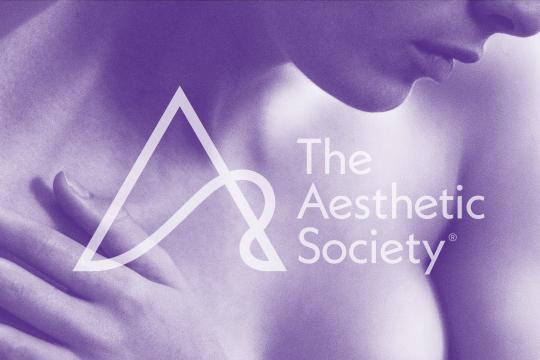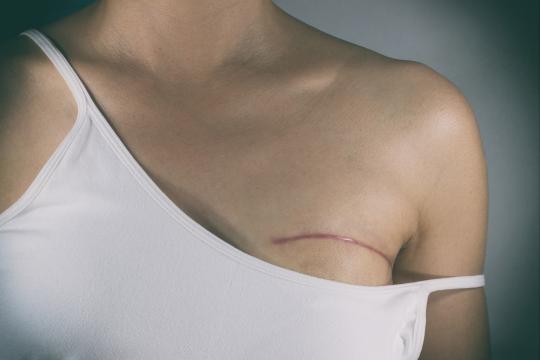
If you're looking for a highly effective means to reverse age spots, wrinkles, or lax skin, fractional laser resurfacing treatments just might be the solution. Fractional laser resurfacing is actually two different types of procedures (ablative and non-ablative) and they are able to correct mild to major skin issues ranging from age spots to deep wrinkles and more. Though both ablative and non-ablative laser resurfacing can improve your skin greatly, they have significant differences.
ABLATIVE LASERS
Ablative lasers (such as the CO2 or Erbium) can help eradicate your skin concerns such as deep wrinkles, loose skin, pigmentation discrepancies and acne scarring and the best part about this is you can expect drastic results. With an ablative laser you'll require only one treatment, but they are considered a bit invasive and thus it can take up to 4 weeks or more to recover. These lasers actually vaporize the outer layers of your skin, removing the outer layers of aged or sun-damaged skin, which causes it to restructure itself as it heals and increase collagen production. Anesthesia and pain medication are usually used during and after the procedure, and it's not without risks, which can include swelling, redness, infection, skin color changes, scarring and more.
What you can expect:
This is an outpatient procedure. Prior to the procedure, your face will be cleansed and your eyes will be covered. Local anesthetics or sedation will be used to numb your skin and keep you comfortable. An intense beam of light energy will destroy your epidermis and simultaneously heat the underlying tissues to cause collagen fibers to shrink and heal, forming new skin that's smoother, tighter and fresher looking. The treatment can take up to two hours, depending on the technique used and the size of the area treated.
Post-procedure your skin will be raw, swollen and might even ooze. Your doctor will protect it with ointment and might also cover the area with a special dressing. It could take up to two weeks or more for new skin to cover the area and several months for lingering redness to go away, but once it's completely healed you can expect your new, smooth complexion to last for years.
NON-ABLATIVE LASERS
Non-ablative lasers (such as CoolTouch and Fraxel) are a less invasive experience than the ablative ones since they rejuvenate from the inside out rather than the outside in. They're often used to treat concerns such as fine lines, lax skin, minor pigment discrepancies and uneven texture. These lasers actually bypass the top layer of the skin, heating up the sub-dermal tissue in order to cause a cellular response that initiates healing mechanisms and increasing collagen production. They require minimal downtime, but can take several sessions in order to achieve perceptible results. They heat up the underlying tissue without entirely destroying it, while allowing your body to stimulate collagen production to help reduce imperfections. To minimize discomfort, a topical anesthetic is usually applied prior to treatment and you can usually apply your makeup immediately after your procedure to minimize any temporary redness. The plus side is that there's minimal to no downtime and the risks of infection, color changes, redness, swelling or scarring is greatly reduced. If your skin concerns are mild to moderate, a non-ablative laser resurfacing treatment could help restore your younger-looking self with little to no discomfort. I have plenty of friends who have undergone this procedure and stated that it’s a relative breeze with pretty significant results.
What you can expect:
This procedure is usually performed in your doctor's office. Before beginning, the area to be treated will be cleansed, your eyes will be covered and a topical anesthetic will be applied. Your doctor will apply a special cooling spray, gel or cool air to the treatment area to keep the outer layer of your skin protected before pulsing the laser. The laser will cause damage to (but not destroy) the collagen beneath your skin, stimulating new collagen growth and a tightening of the underlying skin. This procedure can take as little as 15 minutes or more than an hour, depending on the technique used and size of the area treated.
Post-procedure, you'll want to use ice packs to minimize any temporary redness or swelling. Though less dramatic than ablative lasers, your results from non-ablative lasers will be gradual and progressive with increased improvement in your skin's overall tone and texture.
Generally, the greater the results you're after, the stronger you want your laser to be and the longer your recovery will take. Certain skin issues like age spots and fine lines can be corrected with a non-ablative laser, but bigger issues like deep wrinkles and scars will require the stronger ablative laser. If you have fine to deep lines and wrinkles, lax skin, acne scarring or age spots schedule a consultation with a board-certified plastic surgeon to determine if either ablative or non-ablative fractional laser skin resurfacing is the right choice for you. Patients who have had laser skin resurfacing give it a 95.4% patient satisfaction rating. To learn more about the procedure and read patient reviews, visit the procedure page.





